Which brand should you choose?
Brand loyalty: should it be a thing of the past? As far as we're concerned, how good a company's phones are, not the name on them, is how you should pick your next mobile.
With many of the big phone-makers struggling to turn a decent profile from phones in 2014, it hasn't really been a great year for the coffers of the mobile megacorps. But is it just the way the market's going, or have Samsung, Sony and co. just been taking their position as leaders of the phone world for granted?
We're going to have a look at the highs and lows of the biggest names in mobile from 2014 to find out.
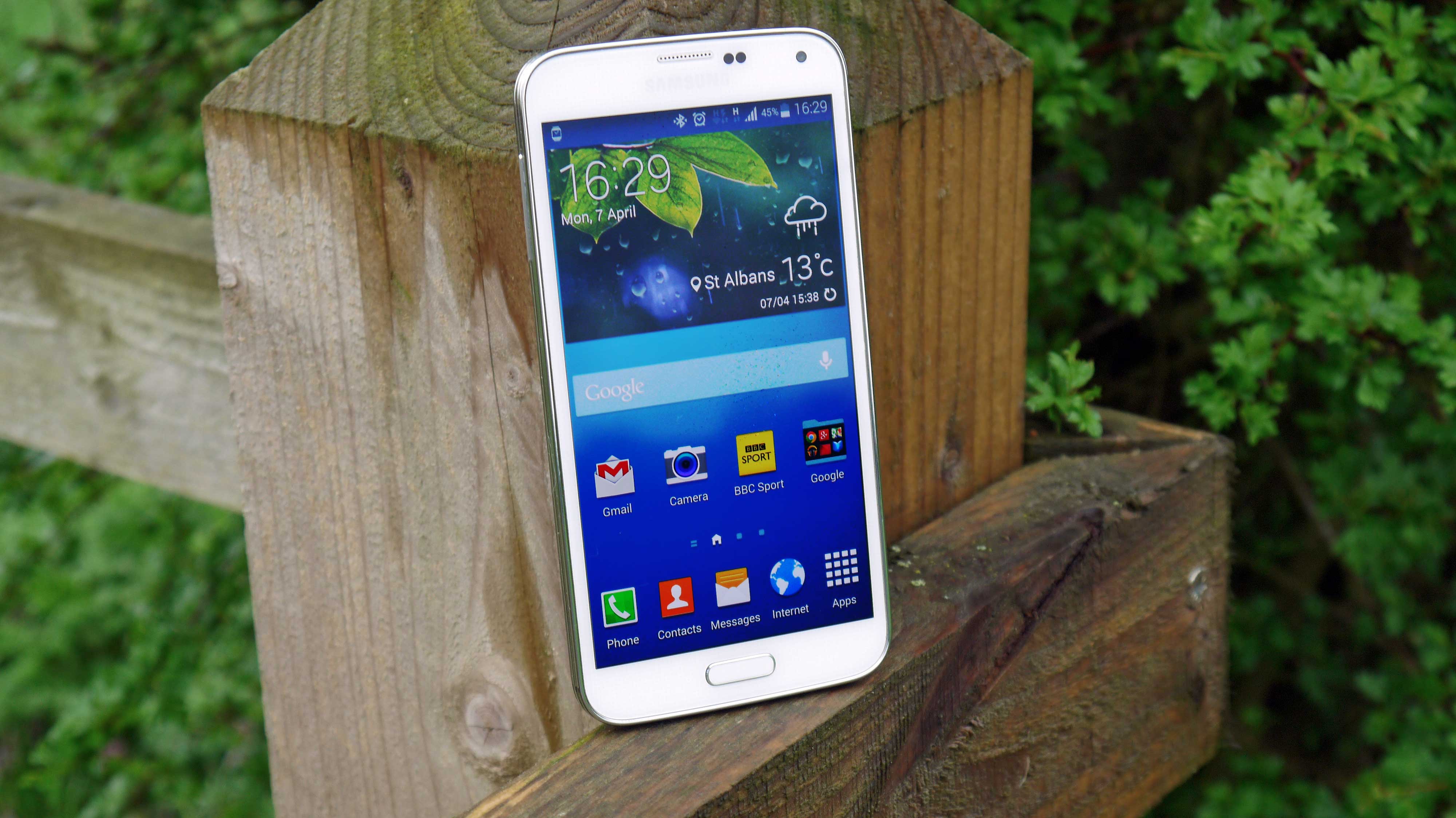
Samsung 2014
It's hard being king, as Samsung found out this year. Despite still producing many of the most popular Android phones in the world, it has struggled to reproduce the sort of success it had in 2014.
Towards the end of the year, we saw numbers in the company's Q3 2014 figures suggesting the Samsung's profits were down 60% since 2014. It makes scary reading coming from the company that's still the behemoth of Android phones.
Look at the phones themselves and things aren't quite so drastic. We loved the Galaxy S5, and the Galaxy Note 4 was, as usual for the Note series, another smash.
Still, Samsung needs to figure out how to gets its mojo back, because it's slipping between the company's fingers like a toddler trying to grip a giant jelly dollar sign. The current tactics: phones with metal edges instead of plastic ones and screens that wrap around the side, as seen in the Galaxy Note Edge. Who knows if that'll succeed.
Get daily insight, inspiration and deals in your inbox
Sign up for breaking news, reviews, opinion, top tech deals, and more.
The Good
2014 saw Samsung finally try to get classy. It calmed down its custom TouchWiz interface a bit, so that looking through the array of preinstalled apps on its phones isn't like thumbing through an encyclopaedia. Samsung's phones are altogether more approachable these days.
While it hasn't proved as big a smash as hoped, the Samsung Galaxy S5 is also rather special.
With a fairly high price, initially strange design and lack of real eye-opening features beyond a frankly rubbish fingerprint scanner, it may seem like a disappointment. But the excellent ISOCELL camera and superb AMOLED screen make it a top pick for tech fans to this day.
The Bad
There's a lot more bad to bring up this year for the big dog of Android phones. It may have produced some of the years best, most popular phones. But that hasn't really been enough to offset all the wrong moves.
In 2014 Samsung failed to offer a single lower-cost phone that truly captured the imagination, and as much as it may think itself on-par with Apple, a core part of Samsung's business is serious box-shifting, not just selling ultra-premium phones.
You only need to look at phone retailers to see the fallout of this failure: why is the two year-old Samsung Galaxy S3 Mini still on sale? How can a two year-old phone that was disappointing at the time possible compete with something like the Motorola Moto G? The painful truth is it can't. Samsung needs to realise this rather than piling its effort into high-end phones that offer little for the value buyer. Its low-end phones are often dreadful.
Samsung is failing at both ends of the spectrum too. Despite racking-up plenty of hype, the Galaxy S5 has hugely under performed when it comes to sales. Mental images of warehouses full of unsold S5s paint a pretty painful picture and that's the reality according to current reports.
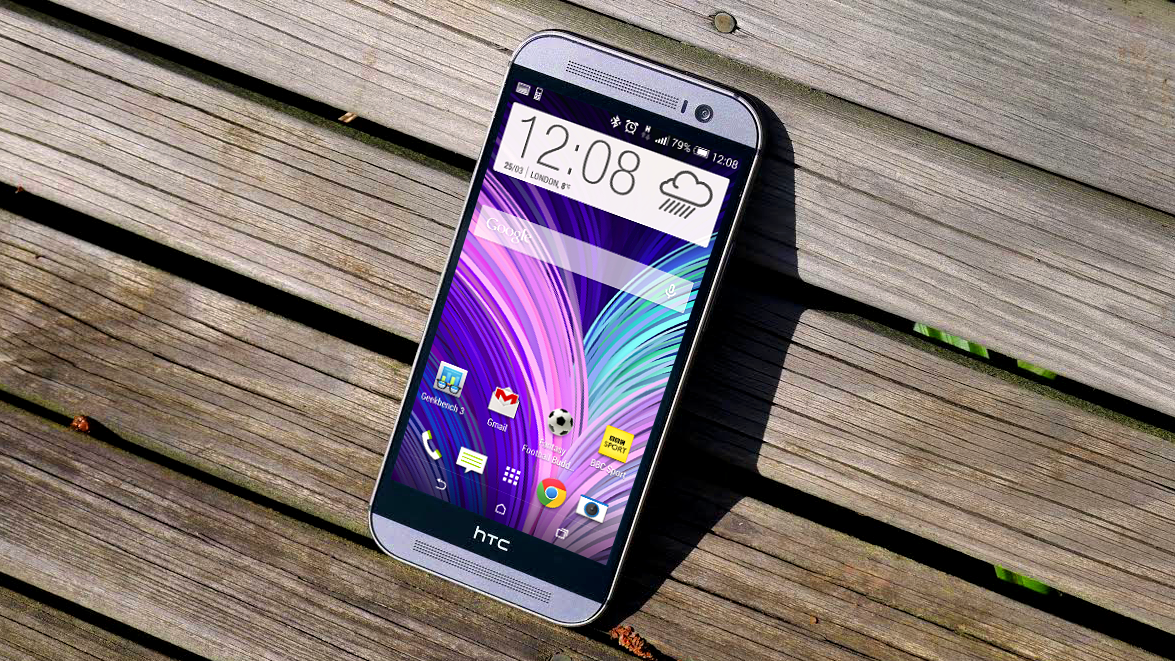
HTC 2014
After a few precarious years, HTC pulled things back a bit in 2014. It made our favourite phone of the year for one, making it a twice-in-a-row victory for the company. We're talking about the HTC One, a favourite from 2013, and One M8, two of the best phones ever made.
2014 also saw HTC come back to the world of tablets, which it hasn't set foot in since 2011 with the cataclysmic disaster HTC Flyer. Google got HTC in to make the Nexus 9 tablet. It's early days for that tab, but first impressions are fairly good.
After trying to establish itself as a king of phone cameras, something it hasn't quite pulled off, HTC fell back to the less ambitious goal of making the best phone speakers. If you want a phone that sounds great, HTC is a pretty good bet. It has been one of the main promoters of stereo front-facing speakers. You'll even find its BoomSound speakers in several of its phones, not just the most expensive ones.
The Good
How can we start other than talking about the HTC One M8? It's our favourite phone of the year, offering the most beautiful, best-sounding handset you can get, even six months on since its release.
Many of its values are the same as last year's HTC One, but with a curvier body, memory card slot and larger screen in tow. What's not to like? Nothing. Well, apart from the low-res camera.
Later in the year HTC had a go at making its cameras stand out once more, but without any UItraPixel branding this time. The HTC Desire Eye was the first phone to use 13MP cameras on the front and back. Fancy a selfie demi-god? Look no further.
We're yet to see whether the phone really captures the imagination of the selfie brigade, though as it's barely on shelves yet.
The Bad
Just like Samsung, HTC has failed to come up with a killer budget phone this year. But unlike Samsung, it's not for a lack of trying. HTC has released a full range of budget mobiles this year, from the HTC Desire 310 to the mid-range Desire 610 and beyond. But they're all a bit expensive compared with the best out there. Where are the competitive models, HTC?
Again, like Samsung, HTC's revenues are generally on the downward slide too, with its Q3 2014 results showing a decline year-on-year. However, for a company that has been seen as being on its last legs, we're glad to say it's still in the black.
Many of us are disappointed that HTC hasn't really done anything with the UltraPixel tech that was all the rage in 2013. This was all about cameras with relatively low-res sensors but larger photosites, making them much better for low-light shots. Look deeper and the truth is pretty simple. HTC's 4MP UltraPixel sensor was really made by ST Microelectronics, not HTC. And we guess no-one had made a similar, cost-effective sensor solution offering higher resolution.
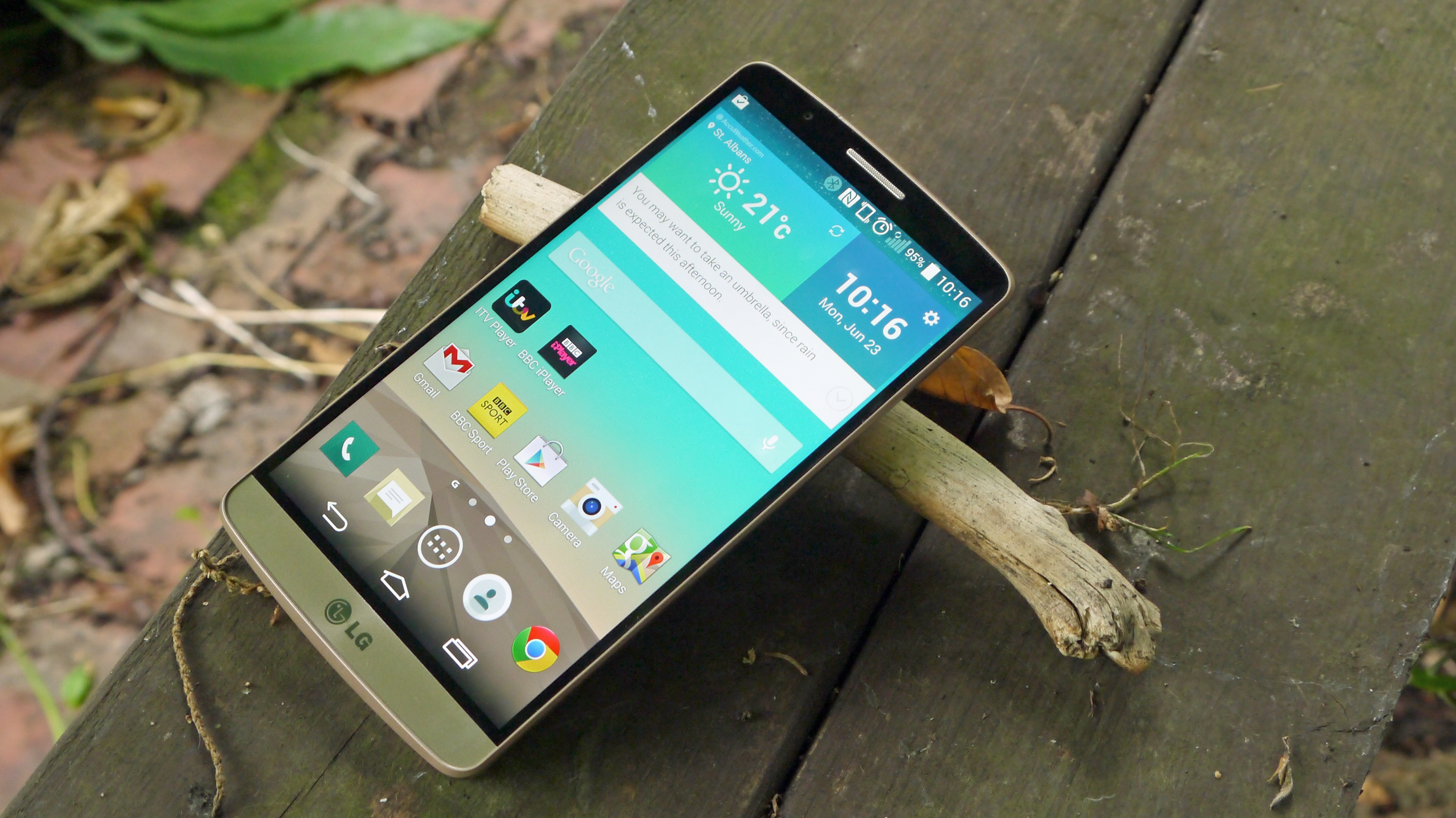
LG 2014
Ahead of the curve and managing to undercut most of the competition, LG showed everyone how it's done with its top phone for 2014, the LG G3. It was the first big-name phone to be released with a QHD screen, which several of the big names won't get to until 2015.
However, it lost the bid to make 2014's big Nexus phone, having made the Nexus 5 last year. Motorola got that honour, robbing LG of a few potential plaudits.
Still, having really upped its game in 2013, LG has slowly been gaining steam this year, winning back credibility as a serious phone brand among the general public. Where Samsung is on the wane, LG's slow-but-steady approach seems to be paying off.
LG's Q3 financial results were its best since 2009. Its profits may just be a fraction of Samsung's ($163 million to Samsung's $3.8 billion) but having positive momentum in mobiles, where everyone seems to be struggling, is a big win for LG.
The Good
LG produced the one super high-end, big-name phone this year that could really be considered a bargain. We've seen the LG G3 on sale for as little as £299, and for that price it offers a ridiculous amount of hardware.
Even at its launch price it offered a much better deal than arch rivals the Samsung Galaxy S5 and Sony Xperia Z3. LG is the one major manufacturer that reminds us high-end phones don't need to forget about value entirely.
This high-end value has seen several of its 2013 phones sell very strongly well into 2014. The Nexus 5 and LG G2 are still great options even now, and that's despite the Nexus 5 having been discontinued by Google.
A few years ago we'd have laughed at the idea LG would become a paragon of reason and taste in high-end phones, but that's exactly what's happened. Quite how is still a mystery. They must have made some great hires.
The Bad
After LG made such a cracking job of the Nexus 4 and Nexus 5, we were a little sad to hear it wouldn't be taking the reins for the Nexus 6. Instead Motorola got that honour.
Why? Perhaps we'll never know, but it seems likely money had something to do with it. Pitching for a Nexus design is a bit more involved that coming up with a science fair project and handing it to the teacher.
LG also failed to match the value of the LG G3 and G2 in models lower down the line-up. The LG G3 S was the closest we had to an 'LG G3 Mini', but just like the Mini models from Samsung and HTC, it failed to recreate the magic of the original, or offer aggressive-enough pricing to make up for it.
LG's re-entry to the tablet space has proved a bit of a dud too. The LG G Pad 7.0 and 10.1 seemed outdated at their point of arrival. They're low-price tablets that can't even match the 2013 Nexus 7 for specs or value. Better luck next time, LG.
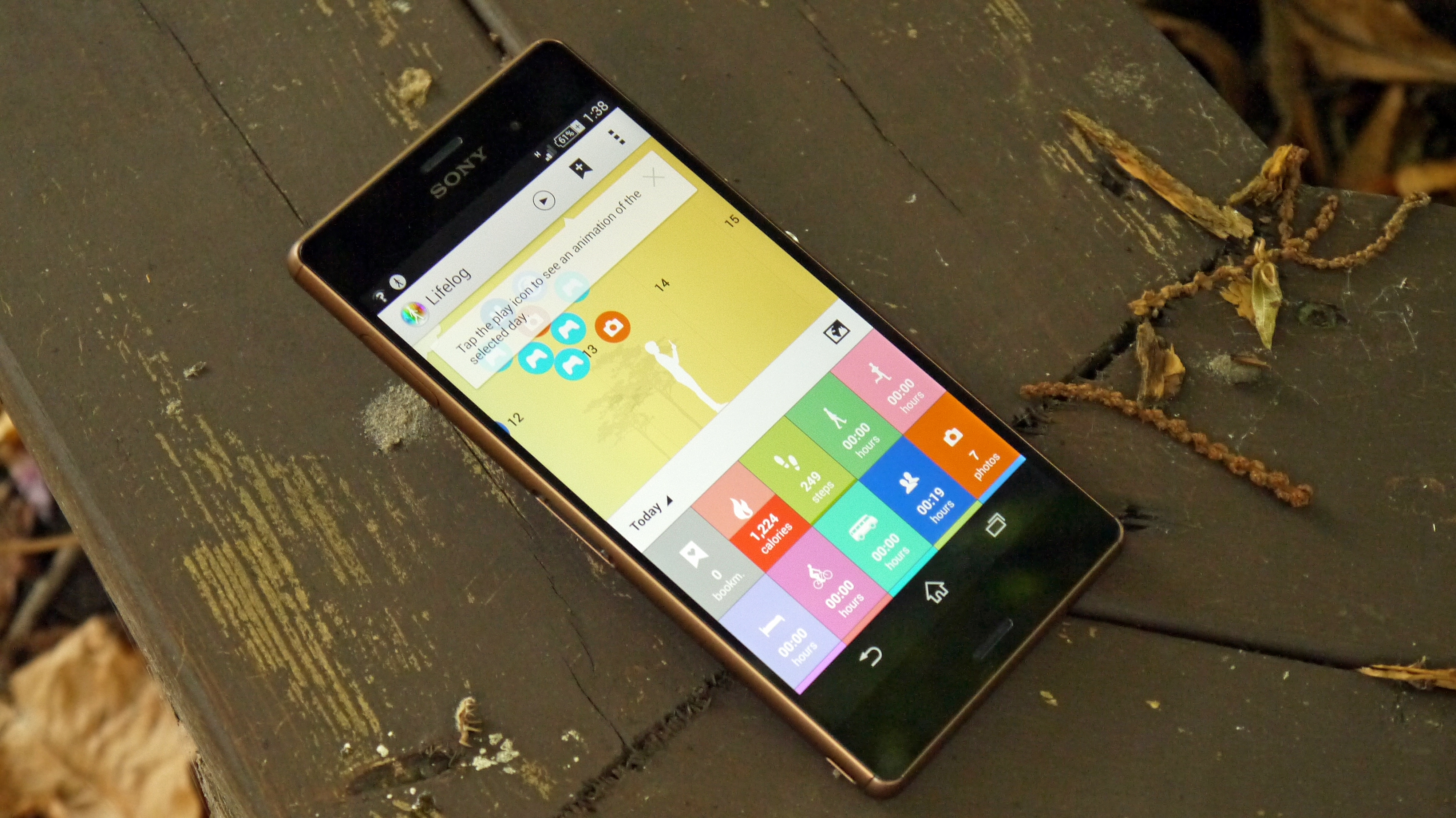
Sony 2014
Sony has a frankly quite bizarre approach to its upgrade cycle. It has worked itself into a six month upgrade loop. You can buy a new Sony flagship for £500, only to find out it's out of date before it has even earned its first scratch.
It's a funny situation to find yourself in, but we've come to accept that it just means you have to consider that Sony's upgrades just aren't as big as everyone else's.
This sort of cycle was seen as a way for Sony to keep up with competitors more easily, after some of its early Xperia Z phones found themselves quickly beaten by Samsung and co. It doesn't seem to have done the company any favours longer-term though.
Fairly poor mobile sales led to a huge restructuring of the company and have let Xiaomi become the third biggest global phone manufacturer, ahead of Sony. Of course, hardly anyone's even heard of Xiaomi in the UK or US.
The Good
Sony has spearheaded a couple of pretty neat changes in the way mobile phones are designed. It was the big force behind making waterproof phones mainstream, and that has continued into 2014. The Xperia Z2, Z3, Z3 Compact and Xperia M2 Aqua are all happy to be dunked in water, as long as it's not chlorinated or salty.
The lead Xperia phones have also offered some of the biggest batteries around. The Xperia Z2 has a 3200mAh battery, and while that was chopped down to 3100mAh in the Xperia Z3, it's still much bigger than the units you get in Samsung or HTC rivals.
Sony is one of the few big companies to offer a really good low-cost 4G phone this year. The Sony Xperia M2 was a bit like a cheap Xperia Z2, and was available for just £149 right around its launch. LG and Samsung failed to offer anything quite as alluring that you could also buy easily on the high street.
Granted, between the M2 and the 4G Moto G we'd probably pick the Motorola, but it was still one of the year's better budget phones.
The Bad
Sony's high-end cameras have a great reputation. They can replace compact cameras if need be. However, step down the line-up a bit and you'll find some real photographic stinkers. Horrible processing and seemingly naff sensors mean you end up with some real ugly photos from some of Sony's lower-cost phones. Manage your expectations or read our reviews.
Some of the real entry-level models are pretty bad all-round. The Motorola Moto E absolutely wipes the floor with the Sony Xperia E1, for example. The moral of the story is not to put too much faith in a big brand. They are often used to scrimp on models because there's a certain feeling among some that 'a Sony phone can't be bad, can it?' We're afraid it can.
In late 2013 and 2014 we also saw Sony's Lens Camera idea fall more-or-less flat on its face. These are camera sensors, processors and lenses that fit into the space of a normal camera lens that you're meant to clamp to your phone. It sounds like a neat idea, but slightly dodgy implementation and lag meant it took too long for them to get up to speed.
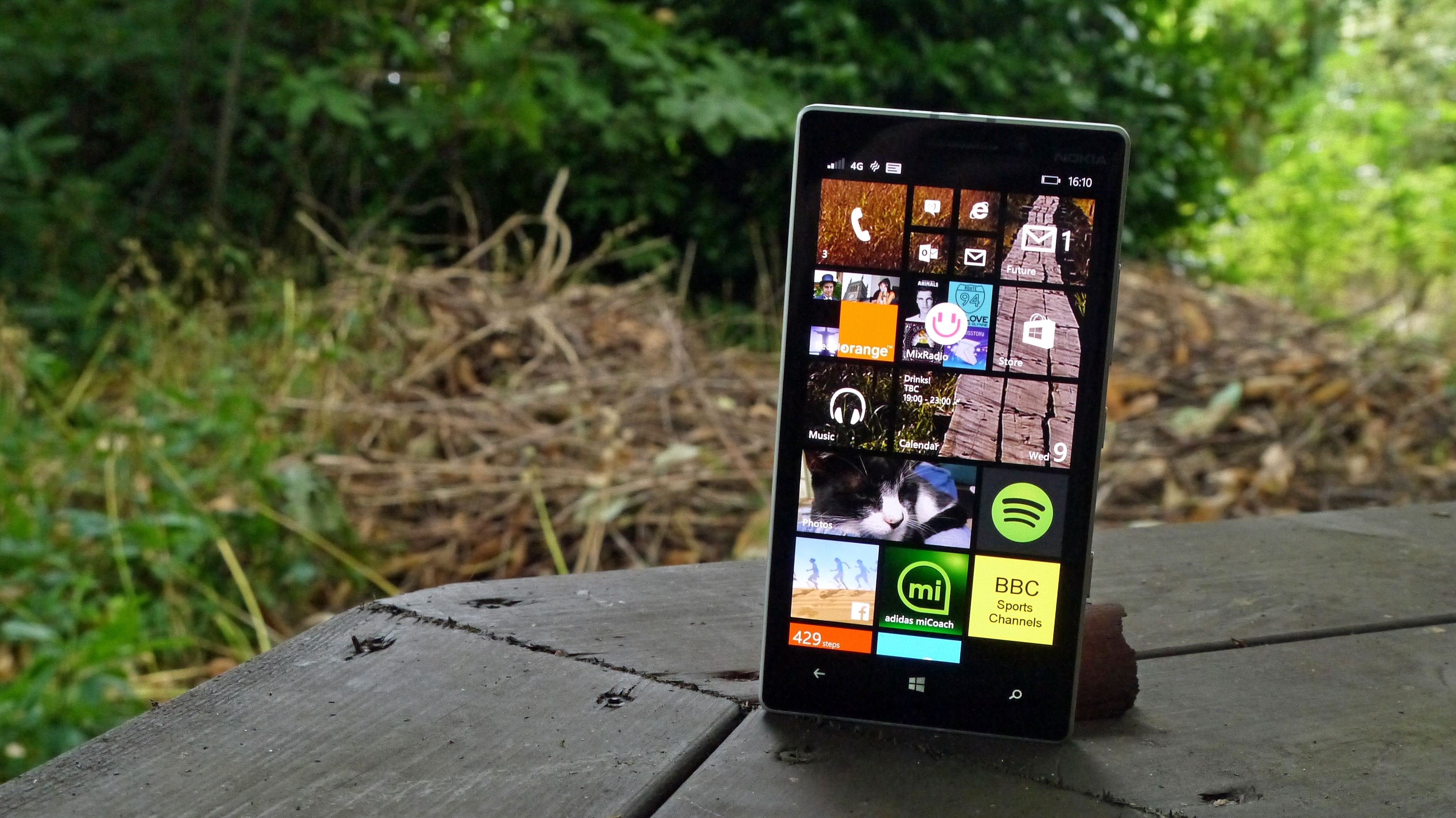
Microsoft/Nokia 2014
It has been a turbulent year for Nokia, and really the end of the company as we know it since Microsoft bought Nokia's mobile division in April. It's pretty obvious why: Nokia has for a long time been the main manufacturer of Windows Phone devices.
The middle of the year saw the company in limbo, releasing Lumia phones and even a now-abandoned Android phone range as if nothing had happened. However, in recent months we've seen a true picture of the future.
Nokia phones are no more. In October, Microsoft announced the Nokia brand is being dropped, to be replaced by 'Microsoft Lumia'. Maybe it makes sense, but we're still left feeling sad as one of the great long-standing names in phones has walked into the night.
Still, it is not gone for good — other parts of Nokia not owned by Microsoft are planning on releasing an Android tablet soon. And it's going to be dirt cheap at £199.
The Good
Nokia's phone team doesn't half know how to make a great phone camera. 2014 didn't see any of the gigantic sensor phones like the Lumia 1020, which was released back in 2013, but high-quality sensors and optically-stabilised lenses were used to great effect in mobiles like the Lumia 930.
The benefit of newer phones like this is that, because the hardware involved is fairly petite, you don't end up with a truly massive phone but get fantastic image quality that provides much of the functional benefit of Nokia's best.
Even further down the range, the Lumia phones have started top-notch low-light photo performance, with models like the Lumia 830 and Lumia 735. Given this is where phone cameras usually fail, it gives the Lumia range of phones great all-round photo skills.
We also love that despite being in a brand identity crisis, the phones themselves have kept their colourful character. Lumias are bright and fun-looking, and have even started adopting a bit of metal trim in some models.
The Bad
So, whatever happened to the Nokia X series? Nokia announced these low-cost Android phones at MWC 2014 to confusion and great interest. Then, well, then they were never really released beyond a few spots, before being officially axed in July, going from birth to funeral in under five months.
2014 also saw Nokia piss away all the goodwill it worked to get with the excellent Nokia Lumia 620 and 520 models from 2013. They were fantastic value-packed phones that really helped establish Windows Phone as an important force among budget phones. And then Nokia followed it up with the Lumia 530.
It's worse in just about every way than the Lumia 520. And we don't mean worse in the sense of 'for its time', we mean flat-out worse. Worse screen, worse CPU, worse camera. At the time of release you could still get the Lumia 520 for about £40 less than the Lumia 530. It was a real 'palm meet forehead' moment.
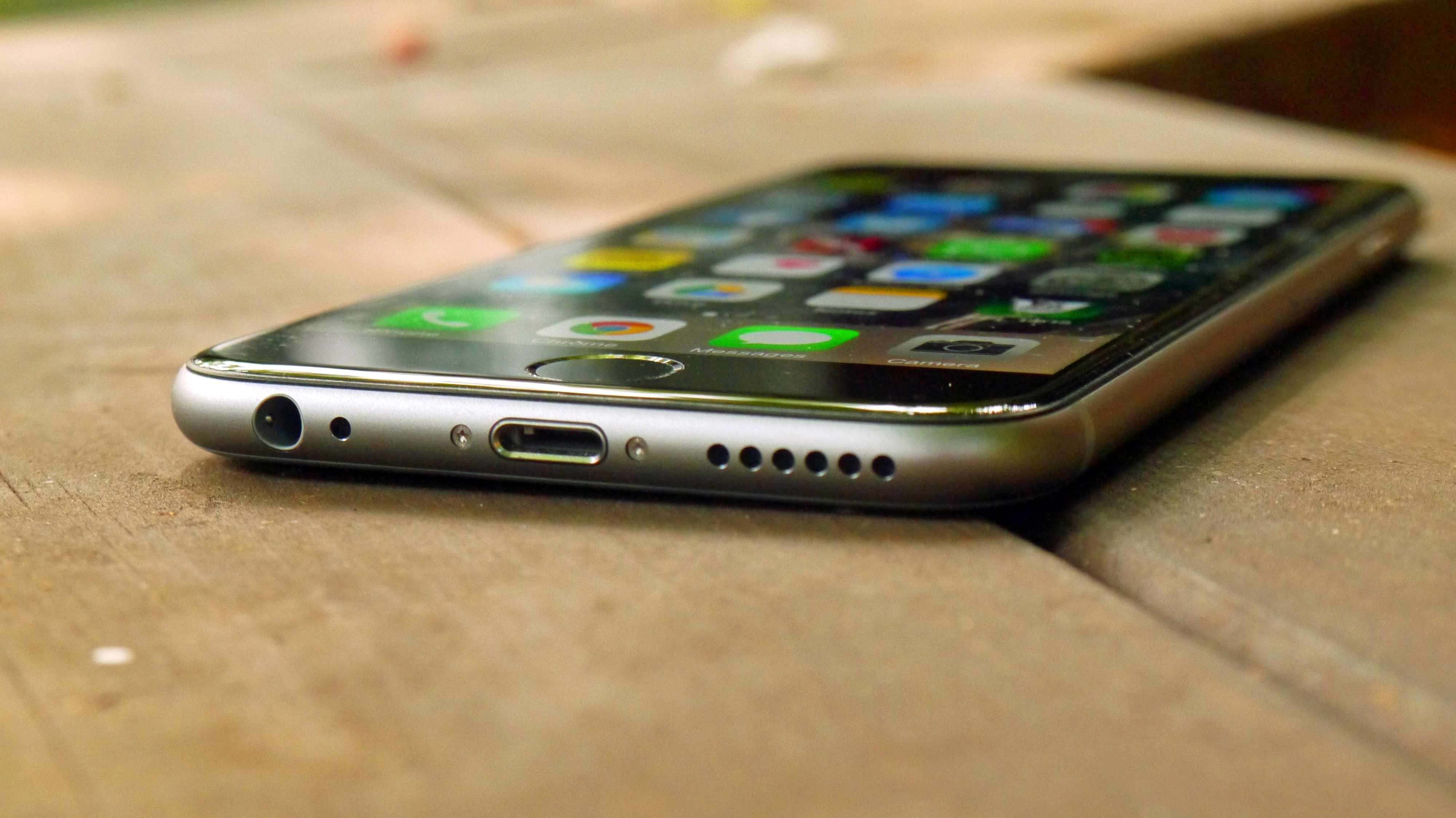
Apple 2014
What might seem like a small change for another phone manufacturer is a world-shattering move for Apple. It changed the size of the iPhone screens this year. Just about every other phone-maker does this every year, but Apple doing it had jaws dropping across the world, afterall, its phones have been 4-inchers since 2012.
Aside from being, bigger, slimmer and faster, 2014's iPhones are actually more-or-less business as usual. The Touch ID fingerprint scanner was introduced back in 2013, as was the 64-bit CPU architecture that's now standard across all Apple's new iPhones.
Sales are going well too. While Samsung has had bad news about its Galaxy S5 sales, iPhone sales are healthy. And the iPhone 6 is reportedly outselling the larger iPhone 6 Plus 2:1.
The good
The new iPhones have strolled into their more spacious skins with ease. Compatibility issues? Not really. Complaints from the fans? Nah, pretty much everyone decided the old iPhones were tiny and toy-like upon first getting an iPhone 6 in their hands.
The iPhone 6 Plus is a little big for some, but then that's the whole idea.
For all the talk of Apple devices not being as powerful as the competition, the A8 processors used in the new iPhones are extremely adept. Even now, most Android rivals aren't using 64-bit architectures while iPhones have used them for more than a year. It's mad when you think about it.
The iPhones are also the only mainstream models to offer 128GB of internal memory, making them real storage trailblazers. But before you ask: no, Apple still doesn't let you use memory cards.
The Bad
Heard about bendgate? Or #bendgate for the Twitterati? It was a rather tedious interlude that looked like it might tip over into a recall-inciting event for a bit.
People say the larger iPhone 6 Plus will bend under the pressure of your backside/thigh if you keep it in a pocket for a good long while. Now, no-one wants their £600 phone to bend, but the jury's still out on whether the claims of bendy iPhones are totally exaggerated. With the scandal dying down, it looks as though the iPhone 6 Plus has lived to bend another day.
The same old Apple complaints ring true, though. These phones are very expensive, especially when you consider something like the LG G3 offers more compelling tech in some areas for half the price. Screen resolution may be high enough not to be a serious issue, but for the price you're paying it is a bit low, way off QHD.
Current page: End of year report: which brand did best?
Prev Page Phones of the year 2014 Next Page How to buy the perfect smartphoneThe TechRadar hive mind. The Megazord. The Voltron. When our powers combine, we become 'TECHRADAR STAFF'. You'll usually see this author name when the entire team has collaborated on a project or an article, whether that's a run-down ranking of our favorite Marvel films, or a round-up of all the coolest things we've collectively seen at annual tech shows like CES and MWC. We are one.